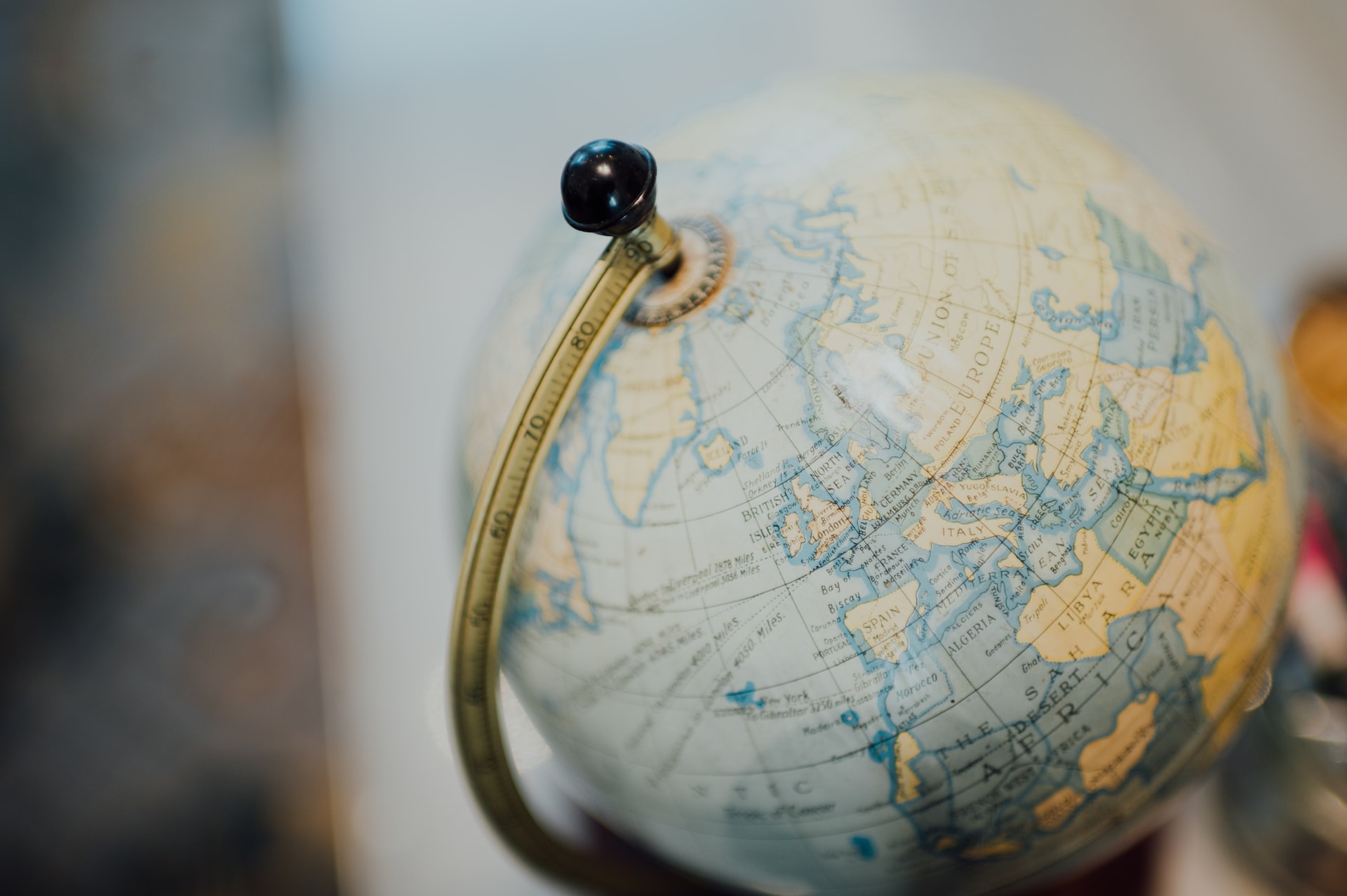

Clean hydrogen can power the energy transition in developing nations
Amid tough negotiations at COP27 in Sharm El-Sheikh on how to finance the clean energy transition in developing nations, hydrogen is providing a focus for potential solutions.
Many developing countries have abundant renewable energy resources that can be used to make clean hydrogen by powering electrolysers to split water.
Africa alone could produce 5-10% of the world’s hydrogen by 2050, amounting to 30-60 million tonnes of the clean fuel annually, with 20-40 million tonnes for export as pure hydrogen, ammonia, and synthetic fuels, according to a recent report.
Clean hydrogen could create as many as 3.7 million jobs for the African continent and generate as much as $120 billion of revenue, said the report from Masdar and Abu Dhabi Sustainability Week.
Some nations are already seeking to exploit the opportunity. Namibia signed an agreement with the Netherlands in 2021 to create a hydrogen supply chain between the two countries, and said during COP27 it had secured €540 million of climate finance from the Dutch and the European Investment Bank.
Kenya said earlier this month it plans to produce 30GW of green hydrogen after signing a KES500bn ($4.1 billion) agreement with the UK to fast track renewable energy investments. The UK will commit KES2bn with the aim of unlocking KES12bn of private-sector climate finance for Kenyan projects over the next 3 years from partners including CPF Financial Services.
Morocco is also working to attract hydrogen investment. Local renewable energy developer Gaia announced a deal with Israeli technology company H2Pro for a 10-20 MW demo project at COP27.
Developing nation hydrogen developments are not limited to Africa.

Kenya said earlier this month it plans to produce 30GW of green hydrogen after signing a KES500bn ($4.1 billion) agreement with the UK to fast track renewable energy investments. (Nairobi pictured).
Chile’s Ministry of Energy estimates it could produce up to 160 megatons per year of green hydrogen and become the leading low-cost exporter by 2040. The country has signed two agreements at COP27, with the InterAmerican Development Bank and the World Bank, for $400 million and $350 million respectively, to develop its green hydrogen sector.
Brazil is also expected to become a major green hydrogen producer. Australia’s Fortescue Future Industries, which is planning on building a $9 billion green hydrogen project in Brazil, is said to be working on a power purchase agreement with Brazil’s Omega Energia, builder of a 4.6 GW solar project set to become the world’s largest.
To support these opportunities, the World Bank earlier this week launched Hydrogen for Development Partnership (H4D) with the aim of boosting the deployment of low-carbon hydrogen in developing countries.
By realising their potential for clean hydrogen production, developing nations can not only decarbonise their own economies, they can generate much-needed foreign currency through exports.

Brazil is expected to become a major green hydrogen producer. Australia’s Fortescue Future Industries, which is planning on building a $9 billion green hydrogen project in Brazil, is said to be working on a power purchase agreement with Brazil’s Omega Energia
Europe is going to need millions of tonnes of imported clean hydrogen to meet its decarbonisation goals and the developing world, particularly Africa, has the potential to deliver it.
Developing markets also provide a whole host of opportunities for UK companies, whether it be participating in projects or making use of the abundant hydrogen they will produce.
The UK is making progress in the creation of its own hydrogen ecosystem with projects such as that announced by Northern Gas Networks, Ryze Hydrogen and Hygen Energy last week.
The hydrogen economy is developing globally, and links with emerging markets will be crucial for the UK.
To learn more about HYCAP click here.